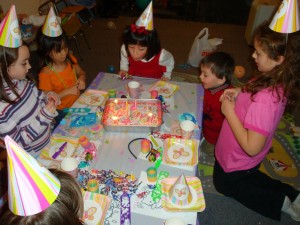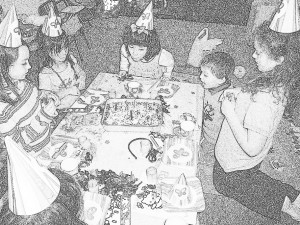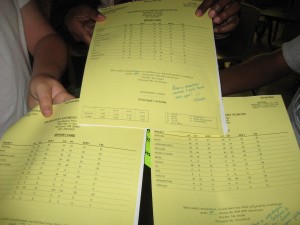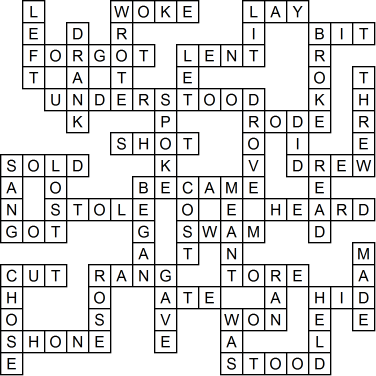
1. Where was this picture taken?
This picture was taken at a birthday party.
2. What is on the table?
On the table is a tablecloth, along with paper plates, paper cups, napkins, party favors, noisemakers, candy, and a cake.
3. How is the table decorated?
The table is decorated with a colorful tablecloth and festive paper plates and paper cups.
4. How is the cake decorated?
The cake is decorated with pink and white frosting, sprinkles, and birthday candles.
5. How would the room be decorated for a typical birthday party?
For a typical birthday party, the room would be decorated with balloons, streamers, and confetti.
6. What is the girl at the end of the table doing?
The girl at the end of the table is blowing out the birthday candles.
7. What song is usually sung before the birthday child blows out the candles?
Before the birthday child blows out the candles, the song “Happy Birthday” is typically sung to the birthday child.
8. Which child is the birthday child?
The child at the end of the table blowing out the candles is the birthday child.
9. What are the other children doing?
The other children are watching the birthday child blow out the candles, to see if she blows all the candles out in one breath.
10. What do the children have on their heads?
The children are wearing party hats.
11. What might children eat and drink at a birthday party?
Children might eat cake and ice cream at a birthday party, and they might have punch to drink.
12. What else might children do at a birthday party, besides eating?
Other things that children typically do at a birthday party are singing, playing games, and opening presents, for the birthday child.
13. What kind of games might children play at a birthday party?
There are many different kinds of games that children might play at a birthday party, but the most common ones are “pin the tail on the donkey,” “musical chairs,” and “clothespin drop.”
14. What else might children play with at a birthday party?
The children might play with toys, balloons, or party favors at a birthday party.
15. What do the children bring for the birthday child?
The children each bring a birthday present for the birthday child.
16. What usually accompanies the birthday present?
A birthday card usually accompanies the birthday present.
17. How is a birthday present typically decorated?
A birthday present is typically decorated with wrapping paper, and perhaps ribbons or a bow.
18. What is the polite way for the birthday child to thank the other children for the birthday presents?
The birthday child can thank the other children in person for the presents, but it is considered polite to also send a written thank-you note acknowledging the present.
19. How does the birthday child ask others to come to his birthday party?
The birthday child asks the other children to come to his birthday party by sending them an invitation.
20. How does the birthday child know how many children are going to come to the party?
The birthday child knows how many children are coming to the party by requesting them to RSVP, or respond to the invitation to let the host of the party know whether or not they are coming.
Paragraph: At a Birthday Party
At our house we had a birthday party. There was much to do to prepare for the party. My daughter thought about whom she wanted to invite to her party, and then we sent out invitations. We bought some decorations, and decorated the room with streamers, balloons, and colorful paper cups and plates. I baked a cake and decorated it with pink frosting, sprinkles, and seven colorful candles. When it was party time, the children all came, ready for some birthday fun. Each child got a party hat, party favors, and a noise maker. We played pin the tail on the donkey, musical chairs, and drop the clothespin in the bottle. After the games, it was time to eat. The children sat down at the table, and I lit the candles. The children all sang “Happy Birthday” to my daughter, and after making a wish, she blew out all the candles on her cake. Everybody had cake and ice cream to eat, and punch to drink. After everyone was done eating, it was time for the birthday child to open presents. There were dolls and stuffed toys and crayons and art supplies, and all kinds of things that little girls enjoy. The children all played with the various toys until the party was over. Then their mothers came to pick them up and take them home. Everybody had a wonderful time.
Google




